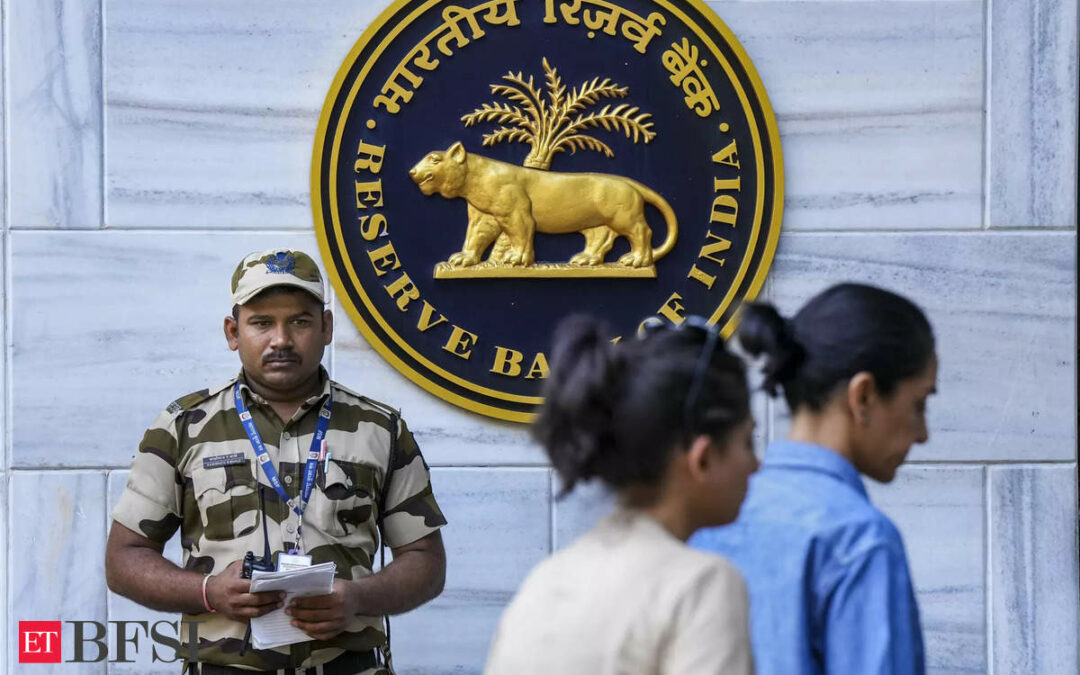These changes aim to enhance accountability in the lending process and have significant implications for India’s banking sector.
The Reserve Bank of India (RBI) has recently proposed revised norms for classifying borrowers as “wilful defaulters.” These new guidelines aim to bring more transparency and accountability to the process of identifying defaulters and ensure that lenders adhere to specific timelines. In this explainer, we delve into the key aspects of these proposed norms, shedding light on the criteria for classification, publication of defaulters’ photographs, restrictions on credit facilities, and more.
Why is the RBI revising these norms for wilful defaulters?
The revision comes in response to a Supreme Court decision earlier this year, which mandated that lenders provide borrowers with an opportunity to represent themselves before declaring an account as fraudulent. The RBI is also enhancing transparency and accountability in the classification of wilful defaulters.
What are the key changes proposed by the RBI for identifying wilful defaulters?
The RBI has introduced a specific timeline, requiring wilful defaulters to be identified within six months of their accounts being classified as non-performing assets (NPAs).
The proposed threshold for identifying wilful defaulters is an outstanding balance of Rs 25 lakh or more, which expands the scope of scrutiny for such cases.
How does the RBI define “large defaulters” and “wilfuldefaulters“?
Large defaulters are those with outstanding amounts of Rs 1 crore and above. Wilful defaulters, under the proposed norms, include borrowers or guarantors with an outstanding amount of Rs 25 lakh and above, who intentionally default on their obligations.
What is the process for identifying wilful defaulters under the proposed RBI norms?
An Identification Committee, formed by lenders, will examine evidence of wilful default. If the committee is satisfied that wilful default has occurred, it will issue a show-cause notice to the borrower or guarantor.
The borrower and guarantor have the opportunity to provide submissions.
The Identification Committee will then propose the classification as a wilful defaulter to a Review Committee, providing written reasons for the proposal. A personal hearing is also provided to the borrower or guarantor. The Review Committee, after assessing the facts, including written representation, will make a decision.
What are the consequences for borrowers deemed as wilful defaulters under the proposed RBI norms?
Wilful defaulters and associated entities will not be granted additional credit facilities by lenders. They will also be ineligible for debt restructuring.
How does the RBI plan to ensure transparency in naming and shaming wilful defaulters?
Lenders are required to formulate a non-discriminatory board-approved policy for publishing photographs of wilful defaulters. This policy should clearly define the criteria for publishing such photographs, ensuring transparency in the process.
What happens if a guarantor fails to comply with a lender’s demand related to a default by the principal debtor?
Such a guarantor may also be considered for classification as a wilful defaulter. Lenders have the right to proceed against the guarantor without exhausting remedies against the principal debtor.
How does the RBI address accounts on the List of Wilful Defaulters (LWD) with compromise settlements?
Accounts included in LWD with compromise settlements will only be removed from the list when the borrower fully pays the compromise amount.
What’s the deadline for stakeholders to provide feedback on the RBI’s draft master direction?
Stakeholders, including banks and other interested parties, are invited to provide feedback on the draft master direction by October 31, 2023. These inputs will be considered in finalizing the regulatory framework for classifying wilful defaulters in India’s banking sector.











